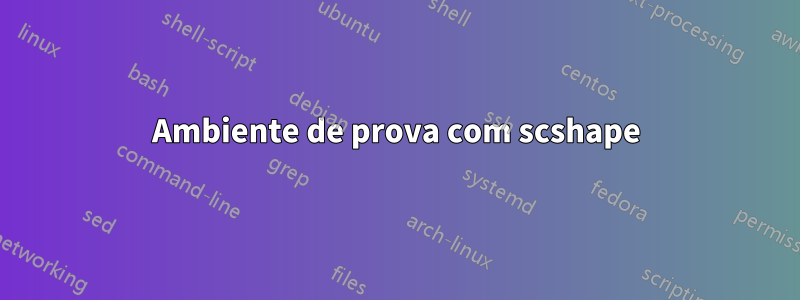
Eu quero
\newtheorem*{prf}{\normalfont\scshape Proof}
mas com um \qedsymbol automático no final (QED).
Responder1
Aqui está uma maneira de fazer isso com ntheorem:
\documentclass{article}
\usepackage[utf8]{inputenc}
\usepackage[T1]{fontenc}
\usepackage{fourier}
\usepackage[svgnames]{xcolor}
\usepackage{amsmath, amssymb}
\usepackage[thmmarks, amsmath, thref]{ntheorem}
\theoremstyle{plain}
\theoremheaderfont{\upshape\bfseries}
\theoremseparator{.}
\theorembodyfont{\itshape}
\newtheorem{thm}{Theorem}
\theoremstyle{nonumberplain}
\theoremheaderfont{\scshape}
\theoremseparator{:}
\theorembodyfont{\upshape}
\theoremsymbol{\ensuremath{\color{Gainsboro}\blacksquare}}
\newtheorem{prf}{Proof}
\begin{document}
\begin{thm}\label{th-a}
This theorem is awesome!
\end{thm}
\begin{prf}
One-lined proof: Blahblah Blahblah Blahblah.
\end{prf}
\begin{prf}[Variant]
This is a very important proof.
\begin{align*}
a & = b\\ c & = d.
\end{align*}
\end{prf}
\end{document}
Responder2
Isso pode ser feito com o proofambiente usual do amsthm. Possui um argumento opcional para definir o nome da prova, então você também pode passar \normalfont\scshapepara este argumento para definir a fonte.
\documentclass[11pt]{article}
\usepackage{amsthm}
\newtheorem*{thm}{Theorem}
\newenvironment{prf}[1][Proof]{%
\begin{proof}[\normalfont\scshape #1]%
}{%
\end{proof}%
}
\begin{document}
\begin{thm}
A theorem.
\end{thm}
\begin{prf}
The proof.
\end{prf}
\end{document}




